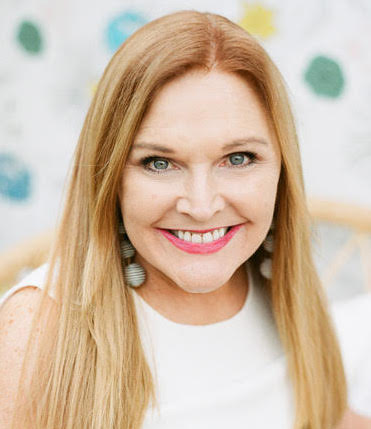#SSU2020 Speaker Spotlight: Everywhere Agency’s Danica Kombol on Influencer Measurement
By: Sophie Maerowitz
February 13, 2020
Influencer marketing has gone through a lot in recent years. There is a growing tension between the industry’s growth (projected to hit $15 billion by 2022) and the fraudulent practices, ineffective partnerships and FTC crackdowns that keep brands up at night. Luckily, a solid measurement strategy can help brands avoid some of these pitfalls.
With over a decade specializing in influencer marketing, Danica Kombol, CEO of Atlanta-based firm Everywhere Agency, has seen the discipline evolve from its humble blogosphere beginnings into a network of brands, agencies and influencers driving a multi-billion dollar industry. She’s also been at the forefront of helping brands measure their influencer partnerships more precisely and proactively.
Kombol, who serves on the Board of Directors of the newly founded Influencer Marketing Association, will be sharing ROI-proven tactics for brands working with influencers at The Social Shake-Up 2020. She gave us a sneak peak, below (for more insights, you’ll need to attend her session in Atlanta this May).
You’ve been on the influencer marketing journey from the start. Can you give us an idea of where the industry was when you started, versus where it is now?
I started in the industry in 2009, before the phrase “influencer marketing” was part of the marketing vocabulary. Back then we called it “blogger relations,” and most clients were asking for one of two things: “those mommy bloggers” or “those tech bloggers.” At the time, brands didn’t really understand the media or marketing potential of real people telling real stories, and were reluctant to pay bloggers. We’ve obviously come a long way!
What will influencer marketing look like in 2021?
I’m calling 2021 the year of measurement, when the value of influencer marketing will really shine through in performance data.
I’m also seeing more and more clients embracing the power of user-generated content (UGC). There’s a clear appreciation now for finding creative ways to repurpose influencer content on brand channels. It’s likely that UGC will become the norm, rather than stuffy stock photography and brand-made visuals. Lucky, too, because as Gen Z establishes buying power, they’re demanding not just personalization of their online experiences, but individualization. It’s not enough anymore to tweak a piece of copy for a new social channel. You have to have an intimate understanding of the challenges, hopes, and day-to-day lives of those you’re trying to reach.
Which brands are using influencers successfully on social right now?
Best Buy has been playing in the influencer space for many years, and it’s exciting to see the commitment they’ve made to influencer relationships. They attend influencer conferences and have developed powerful connections with brand ambassadors who they feature on their site and deploy for activations. They view influencers as partners, and it’s truly a symbiotic relationship.
We’ve been doing some localized, CSR-focused campaigns for our client Georgia Pacific to amplify the incredible (and sometimes unexpected!) stories around the good things coming out of their doors. While we can always drive sales through influencers, they’re also very powerful in giving life to the stories that the media might not ordinarily pick up.
What challenges or missteps are brands coming up against?
I have concerns about the claim that influencer marketing can be fully automated. Spoiler alert: This industry is not a machine. Influencers are real people, creating real content in their own voices. You need a combination of data science (to understand reach and impact) and the human eye to make sure the content you’re creating is on brand. Companies who want to develop strong relationships with influencers can’t do that through technology alone. It’s a person-to-person interaction.
What are the most important measures of influencer marketing success?
Simple: engagement and attribution. Gone are the days where we based our success on impressions. Sure, it’s great to see that a message was spread far and wide, but when people engage, we know we’ve hit the gold mine. Engagement can come in many forms, from “likes” to website visits—but what’s consistent is that when a user engages, that means they’re primed to become a new customer.
Additionally, attribution for an influencer’s effectiveness goes far beyond comments like “can’t wait to try this new product.” Today, those can can be tracked to a brand’s website, all the way to that ideal conversion.
What comes along with proper attribution is accurate measurement. My team makes sure that all influencers authenticate their social accounts with our campaign management software so that we can see the true numbers for each campaign. From Instagram story views, to boosted Facebook posts, we are able to thread together a holistic view of data from influencers and ultimately see their real impact for a brand.
Follow Danica: @DanicaKombol


